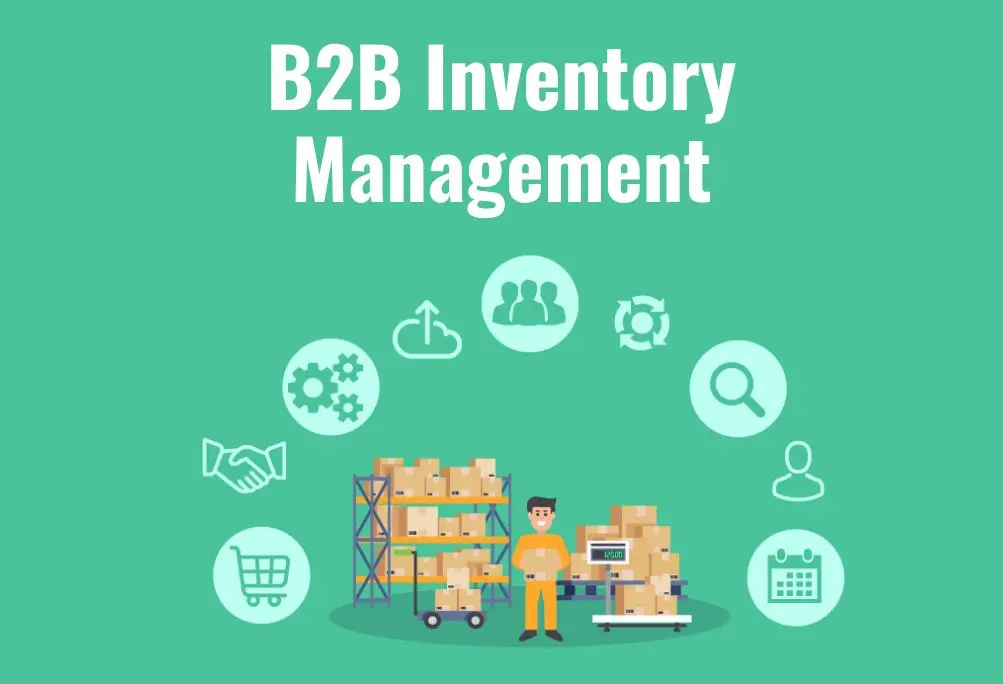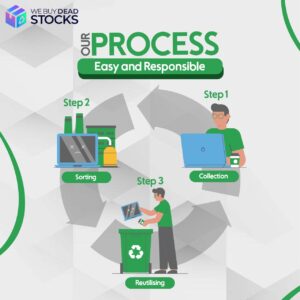The marketplace has altered the way people shop and buy. Consumers today have higher expectations and may purchase products from the palm of their hands. The old-school supply chain structure is no longer viable.
Pre-internet of things and The E-Commerce boom, there was a more defined path via which things would typically flow from producer to supplier, supplier to retailer, and retailer to end customer. Supply change activities and pathways may have blurred or altered today, resulting in new dynamic roles for B2B enterprises and distinct demands and issues.
In this article, we will learn about aspects of b2b inventory management. Let’s start!
What is B2B Order Management?
It’s software that helps you to manage all aspects of your sales and customer support procedures in one location. It’s like having a virtual assistant that understands everything about your company and the things you offer.
The way orders are handled in B2B transactions has undergone significant modifications. Thanks to the internet and smartphones, customers are more demanding than ever before.
What are the 3 major inventory management techniques?
Inventory management entails tracking, ordering, managing, and utilizing the goods required for your firm to run successfully.
The three most prominent inventory management approaches are the push, pull, and just-in-time techniques. These techniques provide firms with many options for addressing client demand.
The Push Strategy for Inventory Management
The push strategy is an inventory control system that pushes things from the manufacturer to the store, warehouse, or company. A consumer or employee will purchase or utilize the item from the available inventory.
A company must accurately estimate product demand to successfully use the push approach. It is critical to understand how much of a product is required and when it is required. Using inventory management software allows critical insights into how much inventory they need to buy for a calendar year.
Example
In the spring and summer, a home improvement store stocks dozens upon dozens of barbecues and grills but only a few. In the full winter stop, these retailers decide how many girls to purchase based on how many they have sold previously. When full stop, the push method is ideal for companies that precisely estimate client demand.
The Pull Strategy for Inventory Management
The pull strategy is an inventory management system in which a store or warehouse corporation only pulls an item when a customer or employee orders it. Instead of traveling down the supply chain, an item climbs up, which might take a long time!
The pull technique step is typically used for specialty products, particularly expensive commodities or items with little or unpredictable demand.
Example
Many bridal gowns are only picked for brides after consumers have handed over their credit cards. These ladies choose their gowns from model gowns or a website, and the final gown is either created or obtained for them at the time of purchase. Customers typically find it taking months because it is the industry norm.
The Just-in-Time Strategy
The double approach is related to the just-in-time inventory strategy. Organizations buy inventory just in time to meet a customer’s order or a company’s necessity.
Of course, adopting a just-in-time inventory management plan successfully necessitates dependable suppliers, vendors, and third-party logistics partners. With them, a company may be able to fulfill client demand which is almost always a prescription for catastrophe.
example
If a car assembly plant needs to install airbags, it does not keep a stock of airbags on its shelves but receives them as those cars come onto the Assembly line.
B2b Inventory Management Software
As a manufacturer who distributes completed items to wholesalers and distributors, your B2B order management skills can provide a competitive advantage and meet expanding demand.
When you give good service and value, you are more likely to get repeat business from the light B2B clients because you can deliver the quality you promise when you promise it and on time. You should expect to acquire long-term loyal clients from this area as long as your customers can remain profitable while working with your firm.
Even better if you can accommodate them with payment flexibility and delivery conditions.
What does B2B mean in the supply chain?
B2B supply chain management is the management of all operations related to creating a product and its delivery to the appropriate customers/enterprises.
A supply chain aims to create and deliver items as rapidly and effectively as feasible. Designing, planning, manufacturing, storage, inventory management, full form, and distributing are examples of e-commerce appliance activities.
Some organizations can comprise a group of companies, suppliers, manufacturers, and distributors at every stage of their supply chains. Two mentions are each account table for completing certain phases of the process chain.
What are some B2B examples?
The famous listed below are regarded as some of the top B2B examples to be studied. Learn about various frames and brainstorm ideas for your E-Commerce ventures Amazon, IndiaMART, Alibaba, general electric, global auto trade, Quil, Granger, and trade India are examples of b2b.
Inventory management for b2b vs b2c
| B2b | B2c |
|---|---|
| Industry expert | Experimentation and data analysis |
| Focus on the professional buyer persona | Focus on the individual buyer persona |
| The person buying the product isn’t typically the user | Typically has a much larger user base |
| Clients with expectations and demand | The person buying a product is normally the user |
| Releases features in a bundle to not interrupt workflows | Users with wishes and wants. |





